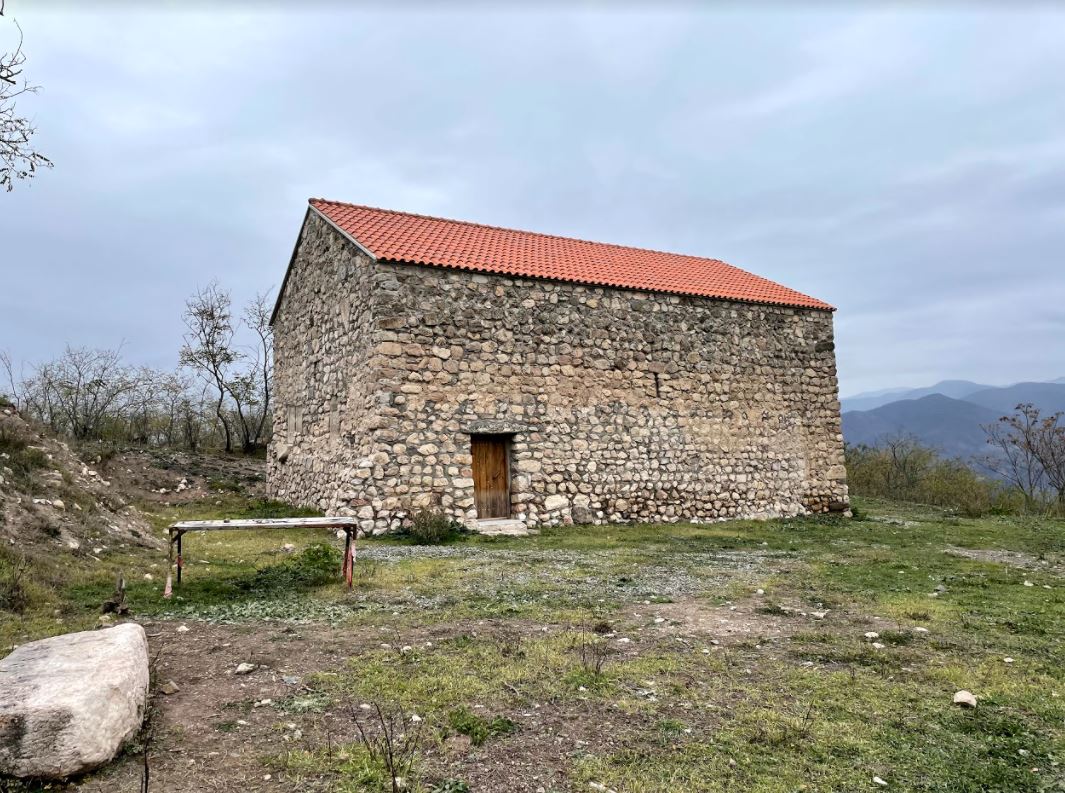Subscribe to the Tufenkian Foundation newsletter
Join our community and get updates about the latest news from the Foundation

St. Stepanos Armenian Church, Hochants village (Photo: Dickran Khodanian)
Church and monument protection
Prior to the 2020 Artsakh War, the Tufenkian Foundation renovated several historic sites in Artsakh, including the St. Minas Church (17th-century) in the village of Hak, the St. Asdvadsatsin Church (17th-century) in the village of Mirik, and the St. Stepanos Church in the village of Hochants (17th-century); the refectory of the medieval Dadivank Monastery (9th-13th centuries), the khan (inn) located near the Hellenistic ruins of the Tigranakert, and the mid-19th century house that housed the Shushi Historical Museum.
In the weeks following the Nov. 9, 2020 ceasefire agreement, the Tufenkian Foundation was a part of an effort to document—via photography, photogrammetry, and 3D laser scanning—the major Armenian cultural monuments in the areas which were to pass under Azerbaijani control. Currently, the Tufenkian Foundation has partnered with several groups to document and monitor the condition of these and other monuments using satellite observation and other means.